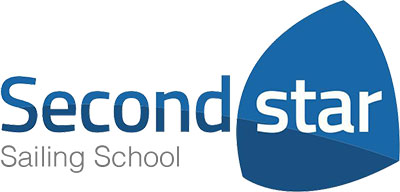Yachtmaster Ocean Examination »
- The Earth and the Celestial Sphere
- Definition of observer’s zenith and position of a heavenly body in terms of latitude, longitude, GHA and declination
- Right angle relationships, latitude and co-lat, declination and polar distance
- Relationship between GHA, longitude and LHA
- Tabulation of declination in nautical almanac
- Rate of increase of hour angle with time
- The PZX Triangle
- The tabulated components of the triangle, LHA, co-lat and polar distance
- The calculable components, zenith distance and azimuth
- Relationship between zenith distance and altitude
- Introduction to the tabular method of solution in the Air Navigation Tables and the basic sight form
- The use of calculators for the solution of the PZX triangle
- The Sextant
- Practical guide to the use and care of a sextant at sea
- Conversion of sextant altitude to true altitude
- Application of dip, index error and refraction
- Correction of side error, perpendicularity, index error and collimation error
- Measurement of Time
- Definition, and relationship between, UT, LMT, standard time and zone time
- Rating of chronometers and watches
- Meridian Altitudes
- Forecasting time of meridian altitude
- Reduction of meridian altitude sights
- Sun, Star and other sights
- Reduction and plotting of sun sights using Air Navigation Tables
- Awareness of use of calculator for sight reduction
- The plotting of a sun-run-sun meridian altitude
- Awarenes of the reduction and plotting of sights obtained from stars, moon and planets
- Compass Checking
- Use of amplitude and azimuth tables, systems and/or calculator
- Satellite Navigation Systems
- Principles and limitations of use of all systems
- Great Circle Sailing
- Comparison of rhumb lines and great circles
- Vertices and composite tracks
- The computation of a series of rhumb lines approximating to a great circle by use of gnomonic and Mercator projections
- Meteorology
- General pressure distribution and prevailing winds over the oceans of the world
- Tropical revolving storms, seasonal occurrence and forecasting by observation
- Passage Planning
- Publications available to assist with planning of long passages (routeing charts, ocean passages of the world and other publications)
- Preparation for ocean passage including survival equipment, victualing, water and fuel management, chafe protection, spares and maintenance
- Passage making
- Navigational routine
- Watchkeeping
- Crew management
- Communications
- Satellite and terrestrial systems
- Weather information






